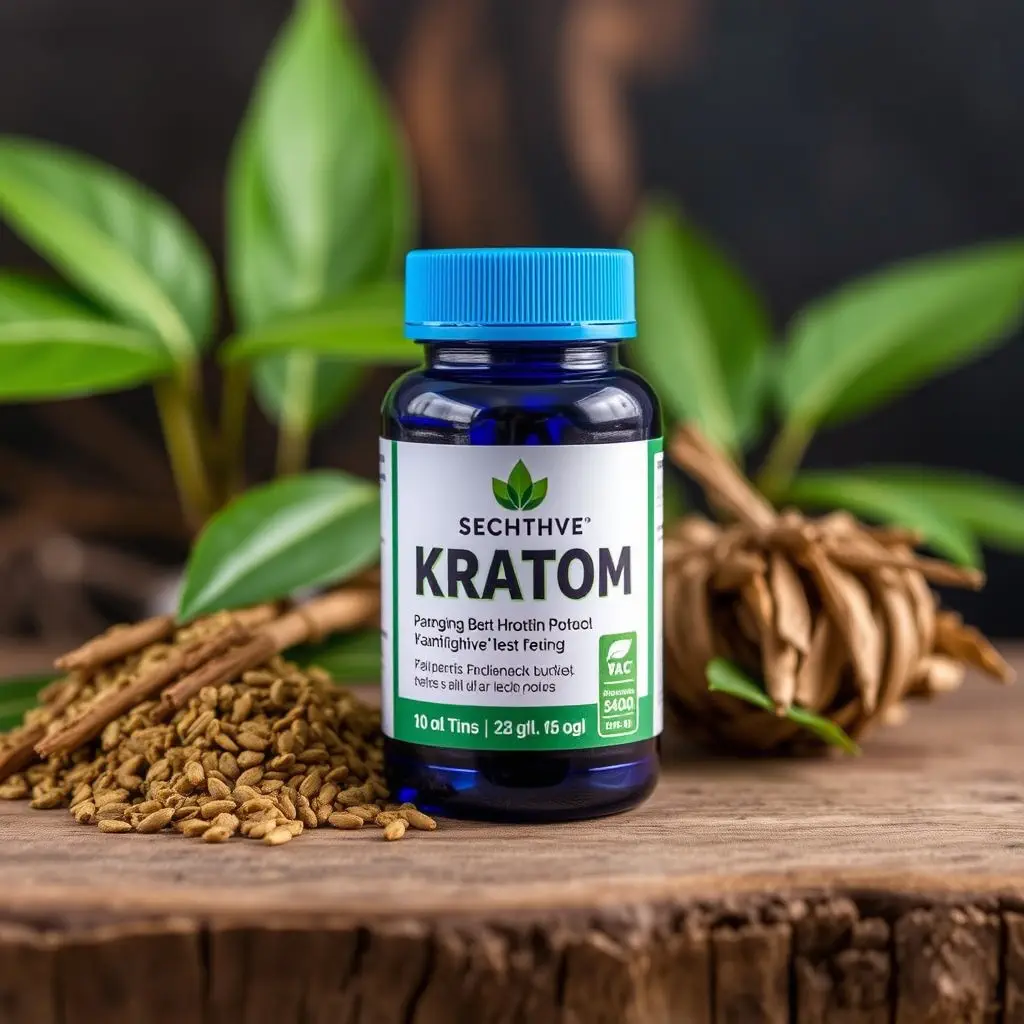Maine kratom, derived from the Mitragyna speciosa tree, has become a popular natural supplement among athletes and fitness enthusiasts in Maine, valued for its potential health benefits that support training recovery. Its alkaloids, mitragynine and 7-hydroxymitragynine, are believed to offer pain relief and anti-inflammatory effects conducive to muscle repair and overall wellness, particularly appealing to the state's active population who engage in physically demanding outdoor activities. The effectiveness of different kratom strains in managing energy levels and mood has made it a go-to for maintaining motivation and performance in fitness routines. However, it is crucial to understand Maine's legal status regarding kratom, adhere to safe dosage guidelines, and consult healthcare professionals due to the unique responses individuals may have to this supplement. A balanced approach that includes proper hydration, nutrition, and rest, along with stress management and lifestyle balance, is recommended for those considering incorporating Maine kratom into their recovery strategy. This approach aims to enhance muscle repair, support body homeostasis, and prepare for future athletic challenges, emphasizing the importance of a holistic, multi-faceted recovery plan for optimal performance and health in athletes.
Explore the intersection of athletic recovery and the therapeutic properties of Maine kratom. This article delves into how this natural substance can be integrated into training recovery routines, offering a unique perspective from the pine tree state. We’ll navigate the legal aspects of using Maine kratom, ensuring safe practices for athletes and fitness enthusiasts looking to enhance their recovery strategies. Join us as we uncover the potential of Maine kratom in promoting optimal health and performance post-exercise.
- Understanding Kratom's Role in Training Recovery: A Maine Perspective
- Effective Recovery Strategies Incorporating Maine Kratom Use for Athletes and Fitness Enthusiasts
- Navigating the Legal Landscape and Safe Practices with Maine Kratom for Optimal Training Recovery
Understanding Kratom's Role in Training Recovery: A Maine Perspective

In the state of Maine, athletes and fitness enthusiasts are increasingly turning to kratom as a natural supplement to aid in their training recovery. Kratom, derived from the leaves of the Mitragyna speciosa tree native to Southeast Asia, has gained popularity for its potential therapeutic properties. From the rugged coastlines to the inland forests, Mainers appreciate the importance of natural remedies that align with the state’s holistic health ethos. Kratom’s alkaloids, such as mitragynine and 7-hydroxymitragynine, are believed to interact with the body’s opioid receptors, offering pain relief and reducing inflammation, which are critical components of effective training recovery. This makes kratom a compelling option for those seeking an alternative to synthetic medications. In Maine, where the pursuit of outdoor activities can lead to muscle soreness and fatigue, kratom’s ability to promote faster muscle repair and enhance overall well-being is particularly valued. Locals and visitors alike are incorporating kratom into their post-workout routines, with strains like Maine kratom being favored for their specific effects on energy levels and mood, which can be significant in maintaining motivation and performance during and after intense training sessions. As with any supplement, it is crucial to approach kratom use responsibly, adhering to recommended dosages and consulting healthcare professionals, especially considering the unique needs and lifestyles of Maine’s active community.
Effective Recovery Strategies Incorporating Maine Kratom Use for Athletes and Fitness Enthusiasts

Athletes and fitness enthusiasts are increasingly seeking effective recovery strategies to enhance performance and reduce injury risk. Incorporating Maine kratom into a post-exercise regimen can be a viable option for some, given its traditional use for pain management and its purported benefits in alleviating muscle soreness. Kratom, derived from the leaves of the Mitragyna speciosa tree, is an herbal supplement that has gained attention within athletic communities for its potential to aid in recovery. It’s important for individuals to understand the legal status and proper dosage of Maine kratom before considering its use as part of a holistic approach to recovery. Users should consult with healthcare professionals to ensure safety and efficacy, as individual responses to kratom can vary significantly. Additionally, a well-rounded recovery strategy should include adequate hydration, nutrition rich in antioxidants and protein, ample rest, and perhaps the inclusion of Maine kratom for its reported analgesic properties. This comprehensive approach not only targets muscle repair but also addresses overall body homeostasis, contributing to a more robust recovery process and preparation for subsequent training sessions or competitions. For those integrating Maine kratom into their fitness routine, it’s crucial to maintain a balanced lifestyle with regular exercise, sound sleep patterns, and stress management techniques to complement the effects of this supplement.
Navigating the Legal Landscape and Safe Practices with Maine Kratom for Optimal Training Recovery

When integrating Maine kratom into training recovery strategies, it’s crucial to first understand the legal status of this mitragynine-containing herb within your jurisdiction. As of the knowledge cutoff in 2023, Maine has not explicitly banned kratom; however, its legal standing can be subject to change, and it often varies at the federal level. Users should always verify the current legal status with local statutes or consult legal guidance before consumption. Engaging with reliable sources such as official government databases or speaking with a legal expert can provide the most accurate and up-to-date information.
Once the legality is confirmed, adopting safe practices is paramount when using Maine kratom for recovery. Safe usage involves starting with a low dose to gauge individual sensitivity, as kratom’s effects can differ based on an individual’s unique biochemistry. It’s also important to monitor dosage frequency and intensity to prevent the development of tolerance or dependence. Additionally, users should consider the potential for interactions with other substances, including medications and supplements. Maintaining proper hydration and nutrition is essential, as kratom can affect electrolyte balance and overall well-being. Regular check-ins with a healthcare provider, especially when integrating Maine kratom into an existing health regimen, will help ensure safe practices and optimal recovery outcomes.
In conclusion, integrating Maine kratom into a comprehensive recovery strategy can be a valuable addition for athletes and fitness enthusiasts seeking to enhance their training regimen. The unique perspective from Maine offers insights into leveraging this natural substance effectively while adhering to legal guidelines and promoting safe practices. By understanding the intricacies of kratom’s role in recovery and incorporating it judiciously, individuals can potentially improve their performance and well-being. It’s clear that with careful consideration and responsible use, Maine kratom has the potential to be a beneficial component in an individual’s post-training routine. Always prioritize informed decision-making and consult with healthcare professionals when incorporating any new element into your recovery strategy.






